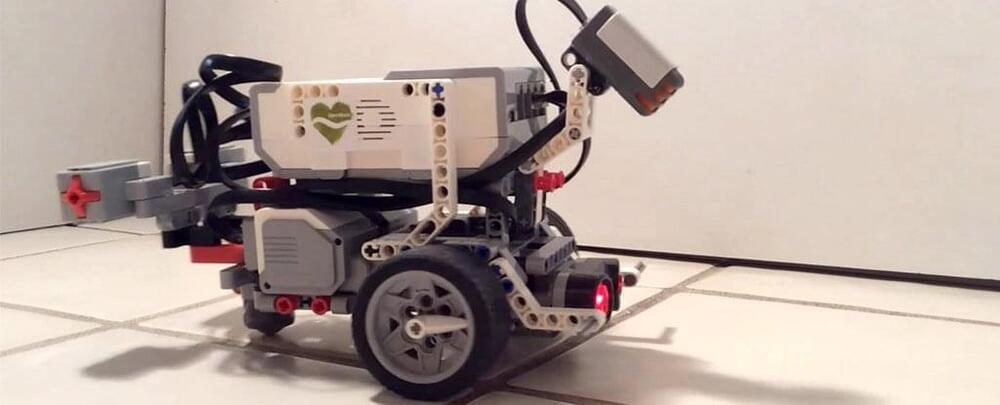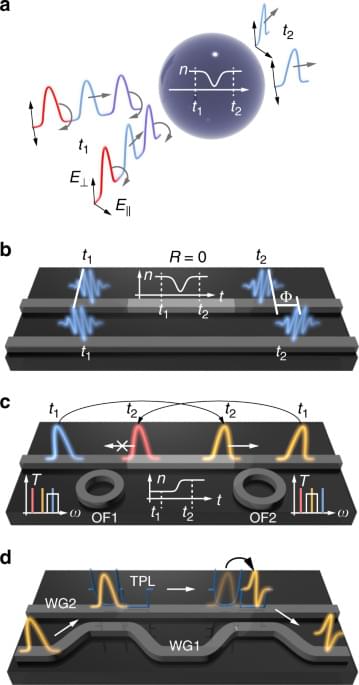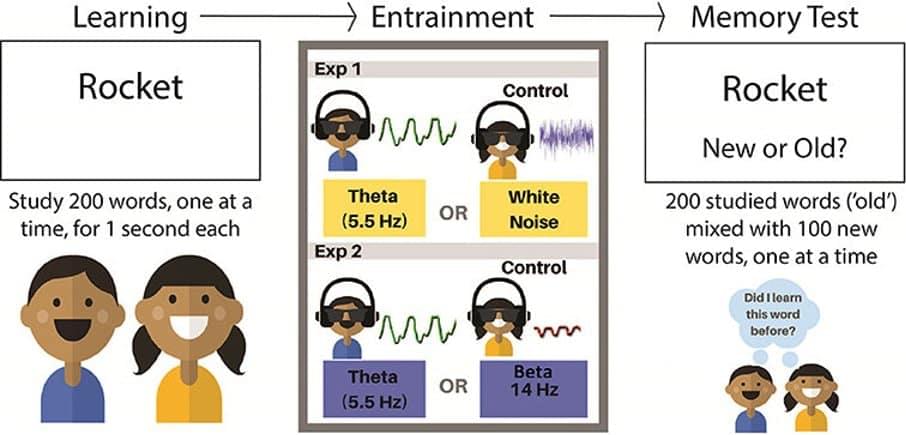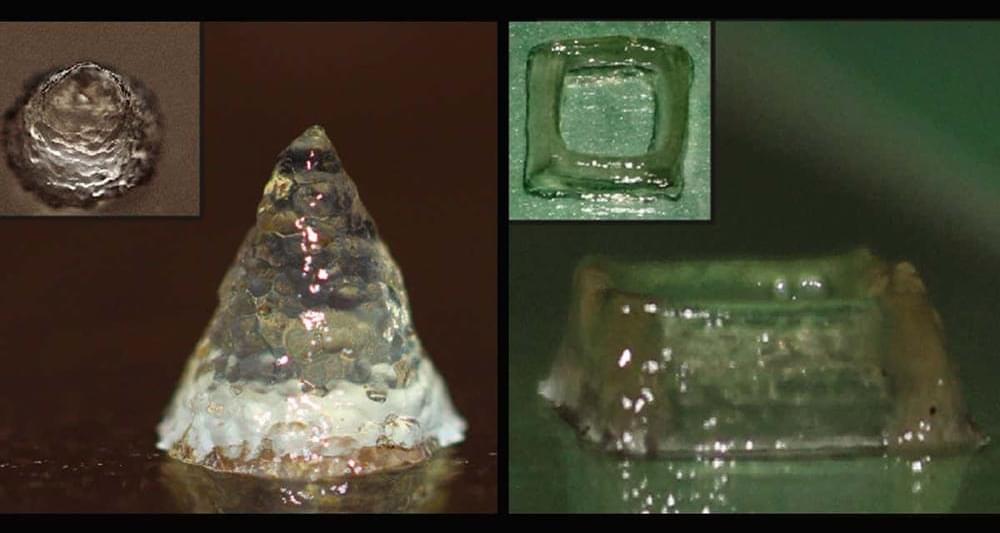For many of us, this is a part of the year when we are acutely aware of time and timekeeping, even more so than usual. Thanks in part to the changing of clocks I talked about in my last post, it gets dark much earlier, and there’s another month or so to go of the days getting shorter and the nights longer (in the northern hemisphere, anyway; if you’re in most of South America, much of Africa, or Australia, enjoy your long summer days…). We’re also coming into the cluster of solstice-related holidays— Hanukkah started last night, and Christmas is fast approaching— so a lot of kids are counting down days, and adults juggling family and social commitments and trying to find time to shop for gifts. The preceding might make this seem like a particularly Western preoccupation. That’s true in a narrow sense— the holidays of the moment are Jewish and Christian, and there’s nothing all that significant happening in, say, the Muslim world for the next couple of months— but in fact basically every human culture we know much about has devoted significant energy to the tracking of time. Full Story:
Substantially extending the strike range of fighter jets.
Boeing’s unmanned air tanker MQ-25 Stingray is currently completing ground tests at the Naval Station Norfolk in Virginia in preparation for a carrier demonstration, the U.S. Navy confirmed in a press release.
Unveiled over three years ago, the MQ-25 or T1 tanker is designed to refuel naval fighter aircraft mid-air. Although mid-air refueling is common practice for the U.S. military, this is the first attempt with an unmanned drone. The MQ-25 has been making rapid strides since its unveiling and has successfully completed a refueling attempt of the F-35C aircraft in September this year.
The drone tanker is now moving a step closer to deployment. According to the press release, the U.S. Navy and Boeing are moving through ground tests currently and aiming for a carrier demonstration in December. As part of the tests, the team recently completed deck handling where the engines on the aircraft were up and running and the taxiing was handled by controllers on the deck.
Full Story:
Circa 2017
The brain is really little more than a collection of electrical signals. If we can learn to catalogue those then, in theory, you could upload someone’s mind into a computer, allowing them to live forever as a digital form of consciousness, just like in the Johnny Depp film Transcendence.
But it’s not just science fiction. Sure, scientists aren’t anywhere near close to achieving such a feat with humans (and even if they could, the ethics would be pretty fraught), but there’s few better examples than the time an international team of researchers managed to do just that with the roundworm Caenorhabditis elegans.
Supersymmetric quantum mechanics enables the description of phenomena exhibiting a supersymmetry only in the space domain. Here, the authors show an underlying time-domain supersymmetry exists in optics, acoustics, and elasticity, and study its properties and potential applicability.
Astronomers may have seen the light from two black holes smashing into one another for the first time ever.
Black holes are completely dark and therefore invisible to light-detecting telescopes. So far, the only way astronomers have been able to “observe” black holes colliding is by detecting the resulting gravitational waves.
On-chip frequency shifters in the gigahertz range could be used in next generation quantum computers and networks.
The ability to precisely control and change properties of a photon, including polarization, position in space, and arrival time, gave rise to a wide range of communication technologies we use today, including the Internet. The next generation of photonic technologies, such as photonic quantum networks and computers, will require even more control over the properties of a photon.
One of the hardest properties to change is a photon’s color, otherwise known as its frequency, because changing the frequency of a photon means changing its energy.
Summary: Entrainment can safely manipulate brain waves to induce improvements in memory, a new study reveals.
Source: Florida Institute of Technology.
The brain is made of millions of cells called neurons, that send electrical messages to talk to each other in patterns of vertical electric activity called oscillations. By inducing them first, then finding the amplitude of the specific brain waves is improved during memory, ultimately memory performance itself is boosted. Once introduced, what if a person can boost the speed of these oscillations to improve memory? A university study in a journal for adolescents may show we can.
Introduction of Bioenergetics
Posted in futurism
An ink made using engineered bacterial cells can be 3D-printed into structures that release anti-cancer drugs or capture toxins from the environment.
The microbial ink is the first printable gel to be made entirely from proteins produced by E.coli cells, without the addition of other polymers.
“This is the first of its kind… a living ink that can respond to the environment. We have repurposed the matrix that these bacteria normally utilise as a shielding material to form a bio-ink,” says Avinash Manjula-Basavanna at the Massachusetts Institute of Technology in Boston.









